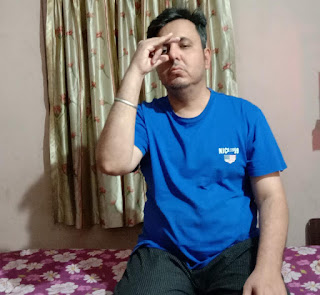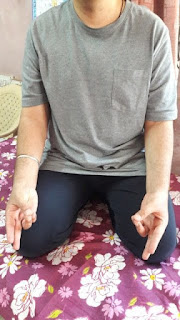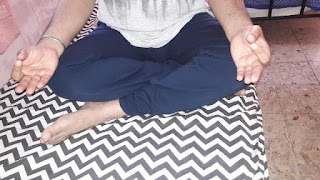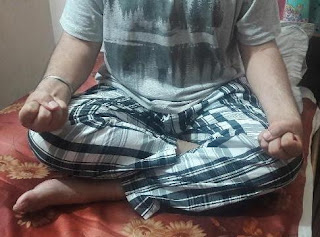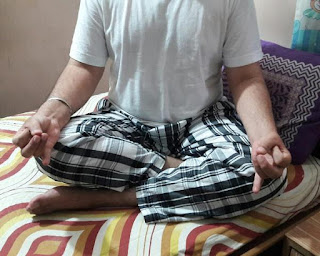Fitness for Busy Professionals: How to Stay Fit When You Have No Time

Fitness for Busy Professionals | Quick Workouts & Smart Health Habits Introduction Struggling to fit workouts into your crazy schedule?** You’re not alone. Between deadlines, meetings, and endless emails, fitness often falls to the bottom of the to-do list. But here’s the truth — staying fit doesn’t require hours at the gym. You just need smart, efficient habits. 1. Embrace Micro Workouts Forget 60-minute sessions. Studies show **10–15 minutes of focused movement** can boost metabolism, improve mood, and sharpen focus. Try: 10 squats , 10 push-ups , 10 lunges — repeat 3 times. Walk during calls or take the stairs whenever possible. 2. Schedule Your Sweat Treat workouts like meetings — **block time on your calendar**. Even 20 minutes a day adds up to over **2 hours of movement per week**. Remember, consistency beats intensity every time. 3. Fuel Like a Pro Skip the sugar crash. Choose **protein + fiber combos** that keep you full and focused: Greek yogurt + berries Eggs + whole-gra...


